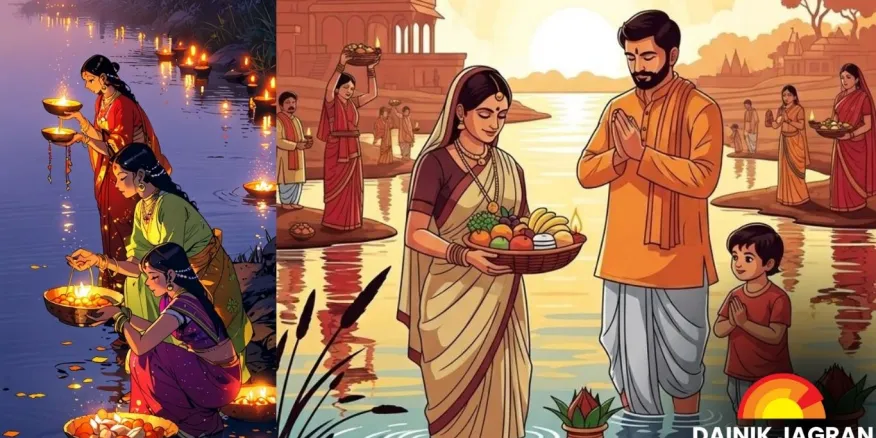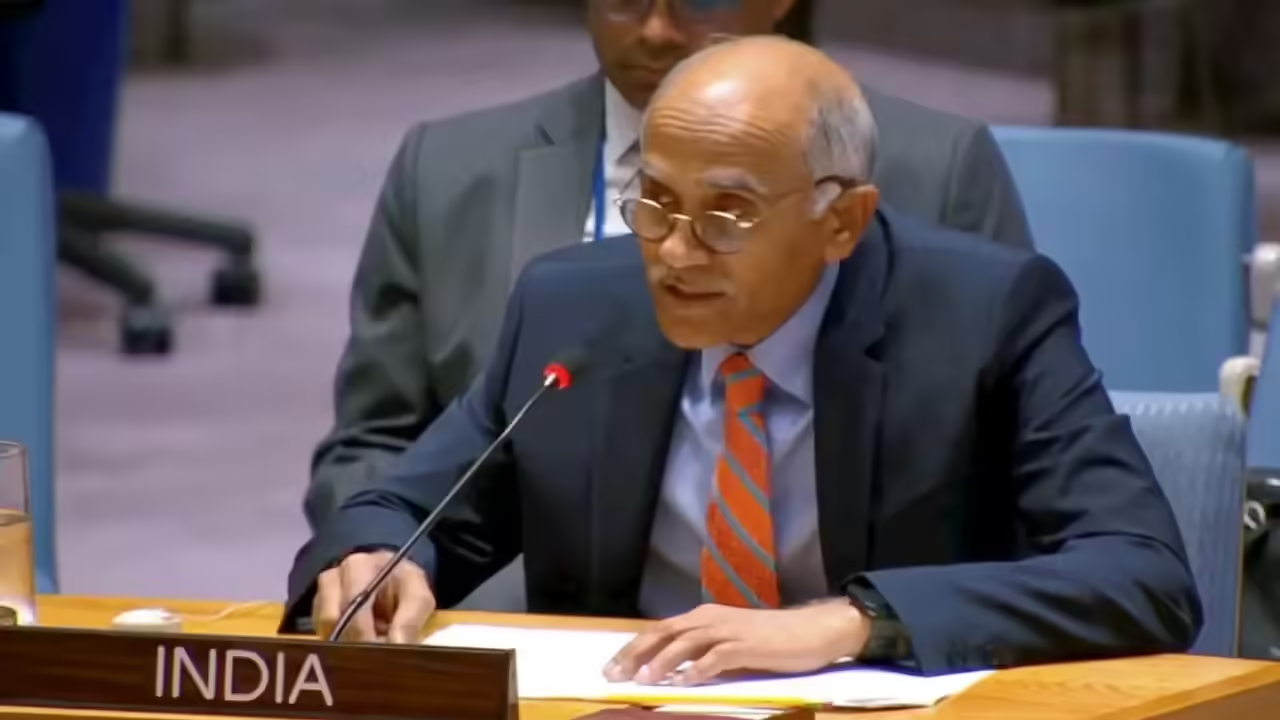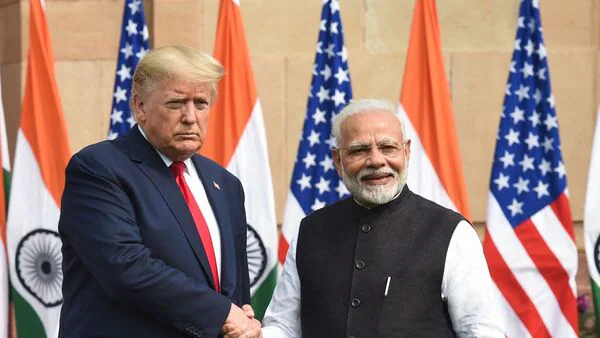Now Reading: Chhath Puja 2025: Celebrating the Sun God with Devotion and Tradition Across India
-
01
Chhath Puja 2025: Celebrating the Sun God with Devotion and Tradition Across India
Chhath Puja 2025: Celebrating the Sun God with Devotion and Tradition Across India

As the festive season lights up India, the four-day celebration of Chhath Puja is gaining renewed significance. From bright ghats to homes dressed in simplicity, the ritual connects devotion, purity and gratitude. For many in Tier 2 cities like Nagpur or smaller towns, this festival is a moment of family ties and cultural identity rather than big commercial spectacle.
Meaning and Roots of Chhath Puja
Chhath Puja honours the Sun God (Surya Dev) and Chhathi Maiya, symbolising life, energy and the natural order. It is rooted in ancient texts and holds strong regional importance in Bihar, Jharkhand, Eastern Uttar Pradesh and beyond. The festival emphasises purity of mind and body through its fasting, water-rituals and communal prayers.
Key Rituals and the Four Days
The observance begins with Nahay Khay, when devotees cleanse and prepare a simple vegetarian meal. The second day is Kharna — a day-long fast followed by a breaking ritual at dusk. On the third day, Sandhya Arghya, devotees stand at river edges and offer prayer to the setting sun. The final day is Usha Arghya — early morning prayer to the rising sun and breaking of the fast. Each portion of the day brings its own rhythm of introspection, community and nature-connection.
Celebration in Tier 2 Cities: What’s Changing, What Remains
In cities outside the big metros, Chhath Puja is less about large gatherings and more about personal rituals at local water-bodies, home courtyards or rooftops. Increased mobile connectivity and social media mean that even smaller towns are sharing images, messages and greetings online—linking local traditions with modern communication. At the same time the essence remains unchanged: simple food, cleanliness, devotion and gratitude.
Challenges and Opportunities in Modern Times
As festivities spread, practical challenges emerge: finding clean river-banks or ghats in crowded cities, arranging early morning logistics while urban jobs resume, or balancing work commitments with ritual timings. Yet, it also offers opportunity: local bodies organizing better ghats, families rediscovering eco-friendly rituals, and younger generations engaging with tradition through new media while preserving its spirit.
Conclusion
Chhath Puja 2025 invites everyone — whether in a village or a Tier 2 city like Nagpur — to pause, reflect and connect with nature and family through a festival of devotion. It’s an opportunity not just to observe rituals but to carry forward values of purity, gratitude and community. As the sun rises and sets, the message is simple: tradition evolves but meaning remains

























